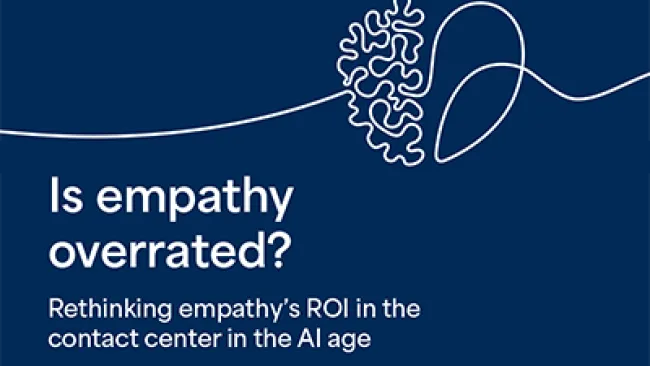Multiscreen viewing habits are on a steady incline. More and more consumers bounce from screen to screen throughout their days, engaging with brands across numerous platforms. Faced with this challenge, marketers struggle to identify these device-hopping consumers across channels and deliver targeted messaging accordingly.
In many instances, this challenge stems from companies failing to establish the proper technological infrastructure as it pertains to their overall goals and strategies. From an IT perspective, there’s no single way to approach user engagement across screens. There’s no “one-size-fits-all” solution, for each brand brings its own individual set of issues to the table. Therefore, as marketers work to hone their personalization efforts and act upon behavioral data, IT professionals must first launch their own internal audit to ensure backend operations support the focus of the entire enterprise.
With the vast amount of customer data flowing into any given organization, IT professionals understand that they can’t bring their goals to fruition singlehandedly. These teams know that, to enable and advance their company’s technological capabilities and customer strategies, they must leverage third-party platforms to parse and analyze the data necessary to improve targeting and personalization. But, before they can determine which vendors might be ideal partners, IT professionals must ask themselves the questions that’ll clarify their goals and purposes:
1. Which cross-device identification process will effectively support our efforts?
There are two fundamental approaches to data application—deterministic and probabilistic. For those who wish to take the deterministic route, IT professionals must create rules enabling them to establish an individual’s cross-device identity with 100 percent certainty based on concrete information collected over time. Those who opt for the probabilistic approach won’t be able to ID users with complete confidence, but they will be able to ascertain fairly accurate correlations that will allow for adequate targeting and improved personalization. IT teams will need to figure out which method will help them achieve their goals.
2. What types of communications will be happening across these devices?
Brand communications must sync with its own data approach. This means companies must determine how these interactions will correlate with its cross-identification process. If marketers desire to target consumers with 100 percent certainty and offer an experience that’s distinctly personalized across channels, IT will have to create an internal infrastructure that supports deterministic data. If marketers aren’t devoted (and are willing to pay for) this granular precision, IT can focus on an infrastructure that supports probabilistic data. Regardless, marketers must align the intended customer experience with the device identification approach.
3. What are our primary goals and how will technology help us achieve success?
In today’s competitive environment, every brand strives to create an experience that can’t be found anywhere else. Therefore, few companies have the same set of goals and processes driving innovation, as all want the leg up within their industries. That’s why marketers must define their missions alongside IT to ensure their efforts support enterprisewide alignment. However, while technology often helps brands execute their strategies, new innovations promise to complicate customer service and communications. Facebook’s new instant messenger capabilities, for instance, are poised to disrupt current strategies, as this technology will allow consumers to interact with brands outside the confines of their companies’ websites. Companies will have to assess what technologies are available and how these tools may support their ultimate goals.
Once marketers and IT have worked together to establish the foundation of their multiscreen engagement goals, those who run the backend systems will be able to pursue partnerships that support such endeavors. All decisions must be made with careful forethought and thorough knowledge to prevent failed investments. Every brand has its own goals, so every brand must determine how to achieve success by clarifying and defining what multiscreen and multidevice users mean to their organization.
Also, check out the most recent issue of our e-newsletter.
Three “IT” Questions for Managing the Multiscreen Customer Experience















